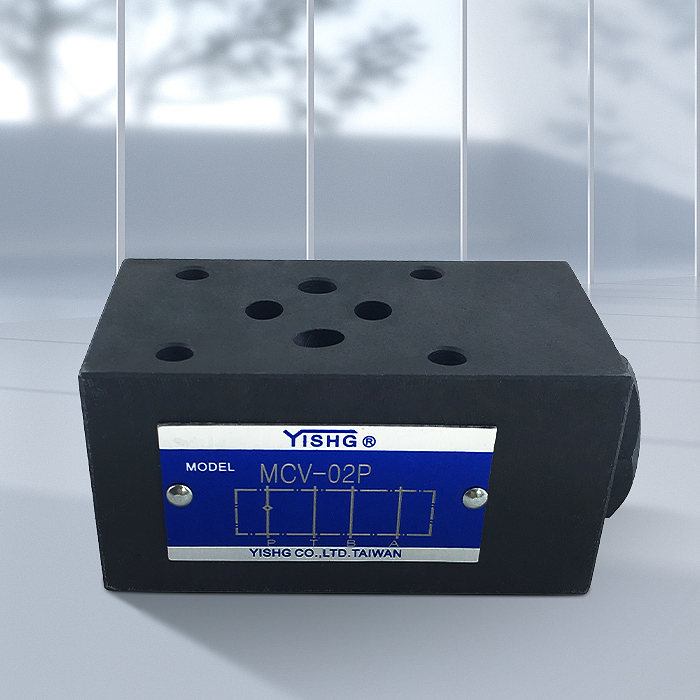Installation and use of solenoid valves in hydraulic systems
1. Installation and use of hydraulic solenoid valve:
① Before installation, please refer to the instruction manual of the product to see if it meets your requirements.
② The pipeline should be rinsed clean before use. If the medium is not clean, a filter should be installed to prevent impurities from hindering the normal operation of the hydraulic solenoid valve.
③ Hydraulic solenoid valves generally work in one direction and cannot be reversed. The arrow on the valve indicates the direction of fluid movement in the pipeline and must be consistent.
④ The installation of the hydraulic solenoid valve is generally horizontal, and the coil is vertical upward. Some products can be installed arbitrarily, but it is best to be vertical when conditions permit, so as to increase the service life.
⑤ When the hydraulic solenoid valve is re-worked in a freezing place, it should be heated or set up insulation measures.
⑥ After the lead wire (connector) of the electromagnetic coil is connected, it should be confirmed whether it is firm, and the contacts of the connected electrical components should not shake. Looseness will cause the hydraulic solenoid valve to not work.
⑦ For hydraulic solenoid valves that need to be produced continuously, it is best to use a bypass, which is convenient for maintenance and does not affect production.
⑧ The hydraulic solenoid valve after a long period of inactivity should be used after the condensate is drained; when disassembling and washing, the parts should be put in order and then restored to their original state and installed.

2. Troubleshooting and troubleshooting of hydraulic solenoid valves:
(1) The hydraulic solenoid valve does not work after being energized:
1. Check whether the power wiring is bad: re-wiring and connector connection;
2. Check whether the power supply voltage is within the ± working range: adjust to the normal position range;
3. Whether the ring is desoldered: re-soldered;
4. Coil short circuit: replace the coil;
5. Whether the working pressure difference is inappropriate - adjust the pressure difference - or replace the corresponding hydraulic solenoid valve;
6. The fluid temperature is too high: replace the corresponding hydraulic solenoid valve;
7. There are impurities that make the main valve core and moving iron core of the hydraulic solenoid valve stuck: clean it, and if there is any damage to the seal, replace the seal and install a filter;
8. Liquid viscosity is too high, frequency is too high and life is over: replace product.
(2) The hydraulic solenoid valve cannot be closed:
1. The seal of the main valve core or iron moving core is damaged: replace the seal;
2. Whether the fluid temperature and viscosity are too high: replace the corresponding hydraulic solenoid valve;
3. Impurities enter the spool or moving iron core of the hydraulic solenoid valve: clean it;
4. The life of the spring has expired or is deformed: replace the spring;
5. Throttle hole balance hole is blocked: clean it in time;
6. The working frequency is too high or the service life has expired: choose another product or replace it.
(3) Other circumstances:
1. Internal leakage: check whether the seal is damaged and whether the spring is poorly assembled;
2. External leakage: the connection is loose or the seal is broken——) Tighten the screw or replace the seal;
3. There is noise when the power is on: the fasteners on the head are loose and tightened. The voltage fluctuation is not within the allowable range, adjust the voltage. If there are impurities or unevenness on the suction surface of the iron core, clean or replace it in time.
